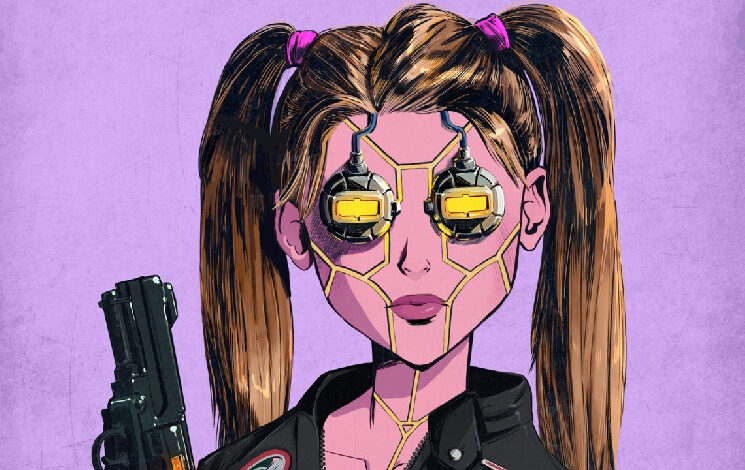Big problems in the NFT market

NFT
Recent problems within the NFT market as strong and unexpected demand for the launch of the new Mad Lads NFT collection caused the Internet infrastructure behind the project to crash.
Below are the details.
Mad Lads NFT and excessive traffic
Mad Lads NFT is a project designed to be the first of a new twist on digital collectibles by Armani Ferrante and Tristan Yver, two well-known figures in the Solana ecosystem.
As anticipated, after an unanticipated surge of interest in the NFT collection disrupted the Internet infrastructure behind it, Mad Lads gets postponed until Friday. Hence, the Mad Lads collection will open the public mint at 7 PM (ET) / 11 PM (UTC) on Friday.
The nearly 24-hour delay of the launch was necessary for creators to buy them time and solve a problem they didn’t expect: too much Internet traffic.
According to sources, as many as billions of requests routed through the Backpack cryptocurrency wallet, itself a product of Ferrante and Yver, have exceeded the platform’s capabilities, resulting in a DDoS attack for all intents and purposes.
In this regard, on a Twitter space with about 9,500 listeners, Ferrante explained why the project was rejected, stating the following:
“This is an order of magnitude crazier than anything we’ve tackled up to this point.”
However, it is worth noting that the strong demand for the collection of new JPEGs has probably already marked a boom in sign-ups for Coral’s portfolio app, Backpack.
That is, the only Solana wallet in which would-be owners can mint the Mad Lads collection, and also the only wallet that supports it.
As a result, the situation that presented itself was the following: on the one hand, a palpable excitement among the Solana developer community and on the other hand, NFT traders who were looking for any advantage that could grant them access to the collection.
News in the NFT market: Mad Lads is the first xNFT
But why all this interest in Ferrante and Yver’s collection? Based on what is known, the strong hype for the Mad Lads NFTs is largely due to their uniqueness, as they are called xNFTs and are more than just JPEGs on a blockchain.
In fact, they also represent a tokenized code that in turn represents proprietary rights to its execution, according to the website of Blue Coral Inc. which is the duo’s startup that focuses on the development of Solana.
Via the social network Twitter, Ferrante recounted step-by-step a series of cascading Internet outages that limited the public’s ability to access the project, first for an hour, then for a day.
In addition, Ferrante said the high demand took out two RPC nodes, or access points to Solana’s blockchain, and also the user interface on Cloudflare, which, among other things, seeks to prevent DDoS attacks.
Some users even followed the advice of a Substack post that implied, erroneously, that buying custom RPC nodes from the Solana Helius development project could benefit would-be miners.
Enrollments in Helius’ $19.99 “hacker plan” grew so much on Thursday to the point that CEO Mert Mumtaz was forced to come clean about the situation, stating the following in Helius’ Discord server:
“While I appreciate you thinking about us, it’s important to understand that this RPC won’t actually increase your chances of minting a Madlad that much, if at all.”
What is a DDoS attack?
According to the definition, a DDoS attack, whose acronym stands for Distributed Denial of Service, is an attempt to block the normal traffic of a server, service or network by overwhelming the surrounding infrastructure by flooding it with Internet traffic.
Furthermore, DDoS attacks reach their maximum effectiveness when they exploit multiple compromised computer systems as sources of attack. Machines enslaved for such purposes can include computers and other network resources such as IoT devices.
Often compared to highway traffic jams, DDoS attacks are a major concern in Internet security today. It goes without saying that the most obvious sign of a DDoS attack is the sudden slowdown of a website.
Thus, precisely what happened to the Mad Lads NFT collection. Moreover, generally, DDoS attacks are carried out with networks of machines connected to the Internet. These networks consist of computers and other machines that are infected with malware that allows them to be remotely controlled by a user with bad intentions.
These individual devices are known as bots, and a group of bots is called a botnet. As a result, when the network in question is targeted by the botnet, each bot sends requests to the victim’s IP address, causing it to be overloaded resulting in a disruption of service from normal traffic.





